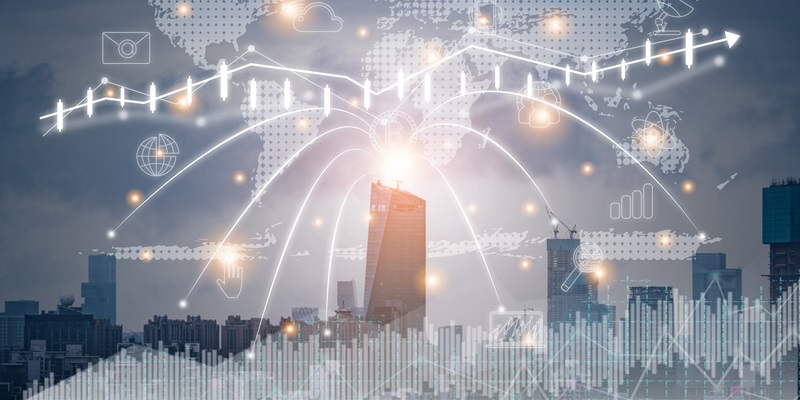The Internet of Things (IoT) is evolving at an extraordinary pace, with forecasts indicating robust annual growth of 15.9% from 2024 to 2032. This surge is ushered in by the widespread adoption of interconnected devices and groundbreaking advancements in wireless communications. IoT’s influence is reshaping our daily lives and the broader economic landscape, as more and more devices—from household appliances to industrial equipment—become embedded with sensors and smart capabilities. This integration allows for seamless data exchange and automation, propelling efficiency and innovation. The ascending trajectory of IoT signifies a transformative period, as both consumer behavior and business operations adapt to leverage the benefits of a fully connected world. Government initiatives supporting IoT infrastructure and an increased focus on smart city projects also contribute to this significant growth. However, alongside expansion, concerns such as data security and privacy remain critical challenges that need to be addressed as part of IoT’s continuous evolution.
Advancements in IoT Connectivity
The Rise of Smart Home Devices
The smart home device market has flourished as part of the larger Internet of Things (IoT) landscape, largely thanks to the allure of managing home functions like lighting, security, and temperature with just a few smartphone taps. The advent of intelligent personal assistants has further opened doors to smoother management of these interconnected devices, reinforcing the smart home ecosystem.
These technological innovations extend beyond mere convenience. They serve the dual purpose of potentially lowering energy expenditures and bolstering home security, contributing to their widespread consumer appeal. Energy efficiency and security enhancements are significant motivators for many users, as they not only simplify daily routines but also offer peace of mind and economic benefits. This multifaceted value proposition has escalated user engagement with smart home technology, indicating a steady ascent in the adoption and integration of these devices into everyday living spaces.
Innovations in Healthcare and Agriculture
Internet of Things (IoT) technology is profoundly impacting healthcare by providing innovative solutions for patient monitoring. Wearables and other remote monitoring tools now offer healthcare providers a window into patients’ well-being around the clock. This continuous access to vital health data can lead to swift medical responses, ultimately improving patient outcomes. In the realm of agriculture, IoT is equally pivotal, transforming traditional farming methods. An intricate network of sensors deployed across fields measures critical variables such as soil moisture and nutrient content, while aerial drones provide a bird’s-eye view of crop conditions. These advanced IoT applications enhance resource management and crop production, leading to higher efficiency and increased agricultural yields. By harnessing the power of IoT, both industries are experiencing a surge in efficiency and effectiveness, heralding a new era marked by technological innovation and precision.
Emerging IoT Trends
Integration with AI and Edge Computing
AI and machine learning are increasingly pivotal in enhancing IoT networks with advanced analytics. This synergy is revolutionizing various sectors by facilitating predictive maintenance in industries, increasing energy efficiency with the deployment of intelligent grids, and optimizing traffic management in urban environments. Concurrently, edge computing has emerged as a crucial element in the IoT infrastructure. By processing data near its point of collection, it curtails latency, leading to swifter and more dependable decision-making. This technological convergence is setting a foundation for more responsive, efficient, and smart systems across multiple domains, from manufacturing floors to city streets, making operations proactive and data-driven. Through these intertwined technologies, IoT is not just connecting devices but is also empowering them with the intelligence to autonomously improve performance and functionality.
Embracing Sustainability Through IoT
Sustainability is another significant driver of IoT’s growth. Smart technologies are increasingly used to monitor environmental conditions and conserve resources. IoT enables precise control over energy consumption, leading to reduced carbon footprints for businesses and individuals alike. It also supports monitoring pollution levels and wildlife, contributing to efforts in preserving our planet. As the world becomes more focused on sustainability, IoT applications in this area are expected to grow in importance.
In conclusion, the IoT market is on the brink of a major expansion, with connected technologies becoming deeply ingrained in our daily lives. The fusion of IoT with leading-edge technologies like AI and the growing emphasis on sustainability are prime catalysts for this surge. As IoT progresses, it will continue to unlock new possibilities for efficiency, convenience, and environmental preservation across various industries.

